Ever been in a meeting that goes in circles or seems to go on forever?
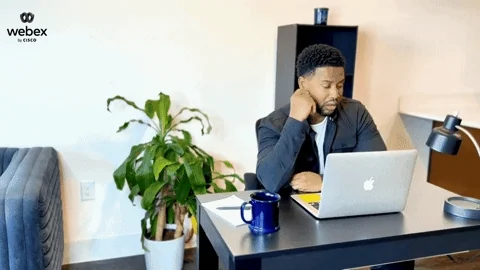
It’s not the meetings that are the problem, but the way they’re organized and managed.
Use these 6 facilitation techniques to run an efficient meeting!
1. Clarify the Purpose of the Meeting
Talk to the main people involved before the meeting and have them agree on the reason for the meeting and what they want to achieve.
This facilitation technique helps everyone stay focused and make good use of their time. 🕒
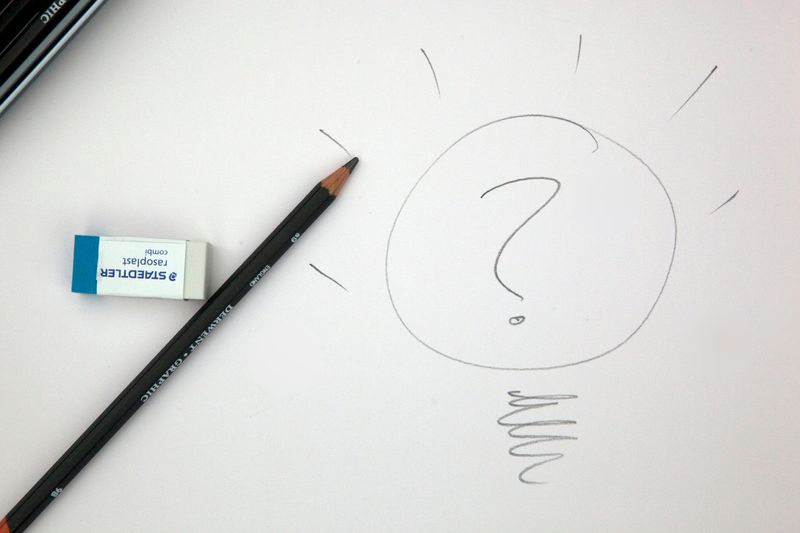
For example, you can ask each person to share any key points they want to cover or specific information they need from the meeting. 🔑
When people know exactly why they’re attending, they'll be better prepared for the meeting and more likely to contribute.
2. Set an Agenda and Ground Rules
Creating an agenda and ground rules are facilitation techniques to:
Keep meetings organized and respectful.
Ensure key topics are covered.
Prevent off-topic discussions.
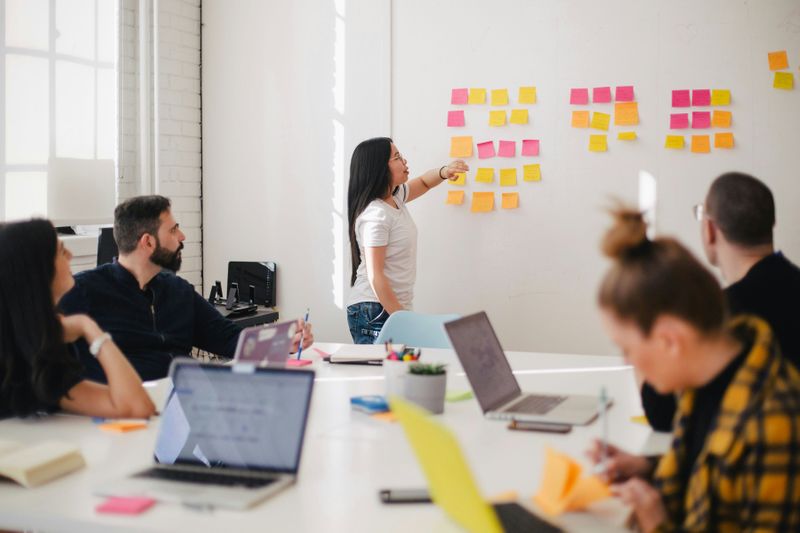 Photo by Jason Goodman on Unsplash
Photo by Jason Goodman on UnsplashCreate an agenda by:
Listing topics related to the meeting. 📝
Allocating a specific amount of time to discuss each topic. 🕒
Sharing the agenda beforehand so attendees can prepare. 📧
During the meeting, follow the agenda and ground rules closely.
Quiz
Jamie is planning an agenda on improving their company's social media presence. Which of these topics should they include on the agenda? Select all that apply:
3. Manage Time and Keep Discussions on Topic
Keeping track of time in meetings is a key facilitation technique to staying focused and helps make sure that everything gets covered.

It’s important to stay on topic.This helps keep the meeting productive and ensures that everyone’s time is respected.
To manage time and keep discussions on topic:
Set a specific amount of time for each topic and stick to it . ⏰
Gently steer everyone back to the topic if discussions start to wander. 🔙
Watch the video below on a strategy called "parking lot" for tips on how to stop an unrelated topic from taking up too much meeting time.
4. Encourage Discussions and Conversations
Create an open atmosphere where everyone feels comfortable sharing. Ask questions to spark discussion and invite quieter team members to contribute.
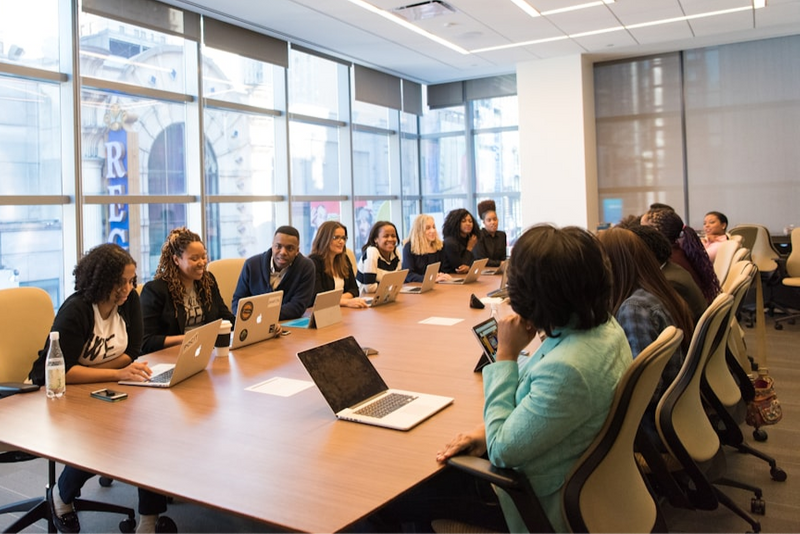
Some questions you can ask are:
Can you elaborate on that?
What are your thoughts on this?
What’s your reasoning behind that suggestion?
How would this look in a real situation?
What would the process look like?
Facilitation techniques like turn-taking, sharing thoughts on sticky notes,and small group discussions can also help boost participation!
A meeting is effective when all voices are heard! 👂
Quiz
Morgan wants to encourage quieter members to speak up. What strategies can Morgan try?
5. Handle Conflicts Calmly
When conflicts happen in a meeting, it's important to handle them calmly to encourage respect, open communication, and maintain focus.
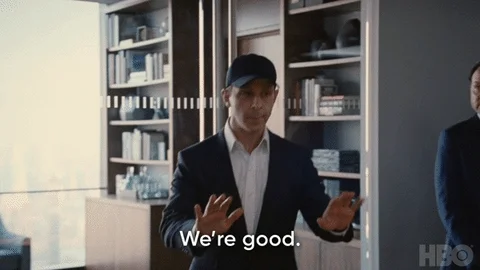
How do you do this?
Start by listening to everyone’s opinions and make sure they feel heard.👂
Focus on solving the problem, not on who is right or wrong. 🔍
Find common ground and look for areas where everyone agrees. 🤝
Once you know the issues, create a plan to fix them.📝
Remind everyone to use a positive and respectful tone.
Follow up to make sure ensure that everyone is on the same page. 😊
6. Summarize the Meeting
A quick summary of key points at the end of a meeting is an effective facilitation technique that helps:
Keep everyone on the same page about decisions made
Makes upcoming tasks clear
Tells everyone the next steps.

To summarize a meeting:
Go over the key points, decisions, and action items.
List who is responsible for each task.
Review any deadlines.
Share notes afterward for easy reference.
Take Action
By using these facilitation techniques, you can transform your meetings into productive, focused, and engaging sessions that drive real progress!
 Photo by krakenimages on Unsplash
Photo by krakenimages on UnsplashYour feedback matters to us.
This Byte helped me better understand the topic.
